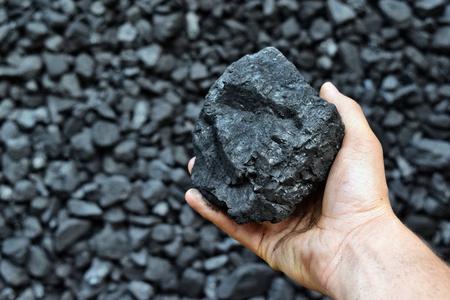**Coal: The Ancient Rock That Lights Up Your Life**
(What Type Of Energy Is Coal)
You’ve seen it in history books, heard about it in climate debates, maybe even used it without knowing. Coal is everywhere, yet few people truly get what it is. Let’s cut through the noise. Coal isn’t just a black rock. It’s a time capsule of energy, formed over millions of years, and it’s been powering human progress long before electricity existed.
So what exactly is coal? Think of it as nature’s slow-cooked battery. Around 300 million years ago, Earth was covered in swampy forests. When plants died, they sank into wet, oxygen-poor environments like marshes. Over time, layers of mud and sand buried them. Heat and pressure worked like a giant underground oven, squeezing out water and gases. What remained? A carbon-rich substance we now call coal. The longer it “cooked,” the harder and more energy-dense it became.
Coal falls into a category called **fossil fuels**. These are energy sources created from ancient organic matter. Unlike solar or wind energy, which renew daily, coal took ages to form. We can’t make more of it in a human lifetime. That’s why it’s called a **non-renewable resource**.
There are different types of coal, ranked by carbon content. The softest, youngest form is **peat**, which looks like damp soil. Next is **lignite**, or “brown coal,” crumbly and low in energy. Then comes **bituminous coal**, the most common type used for electricity. It’s shiny, black, and packs more punch. The hardest and oldest is **anthracite**, almost pure carbon. It burns hot and clean but is rare.
How do we turn rocks into energy? Simple: burn them. Coal is mostly carbon, and when carbon meets fire, it reacts with oxygen. This releases heat, which boils water into steam. The steam spins turbines, and turbines generate electricity. About 35% of the world’s electricity still comes from this process. That’s enough to power billions of homes, factories, and gadgets.
But there’s a catch. Burning coal also releases carbon dioxide, a greenhouse gas. Over time, this traps heat in the atmosphere, warming the planet. Coal plants also emit sulfur, nitrogen, and ash, which pollute air and water. Cleaner technologies exist, like “scrubbers” that filter emissions, but they’re costly. Many countries now shift to solar, wind, or natural gas to cut pollution.
Why stick with coal? Two reasons: it’s cheap, and it’s reliable. Coal plants run 24/7, unlike solar panels that need sun or wind turbines that need breeze. For nations with big coal reserves—like China, India, or the U.S.—it’s a way to keep lights on without depending on other countries.
Coal’s story is a mix of triumph and trouble. It fueled the Industrial Revolution, lifting millions out of poverty. Factories, trains, and steamships all ran on coal. Even today, steel production relies on it. But its environmental cost sparks fierce debates. Can we balance progress with responsibility?
(What Type Of Energy Is Coal)
The answer isn’t simple. Coal sits at the heart of our energy past—and maybe our future, too. New tech like carbon capture aims to trap emissions before they escape. If it works, coal might stick around longer. If not, those ancient swamps may finally retire. Either way, understanding coal isn’t just about rocks. It’s about the choices we make to power our world.
Inquiry us
if you want to want to know more, please feel free to contact us. (nanotrun@yahoo.com)




